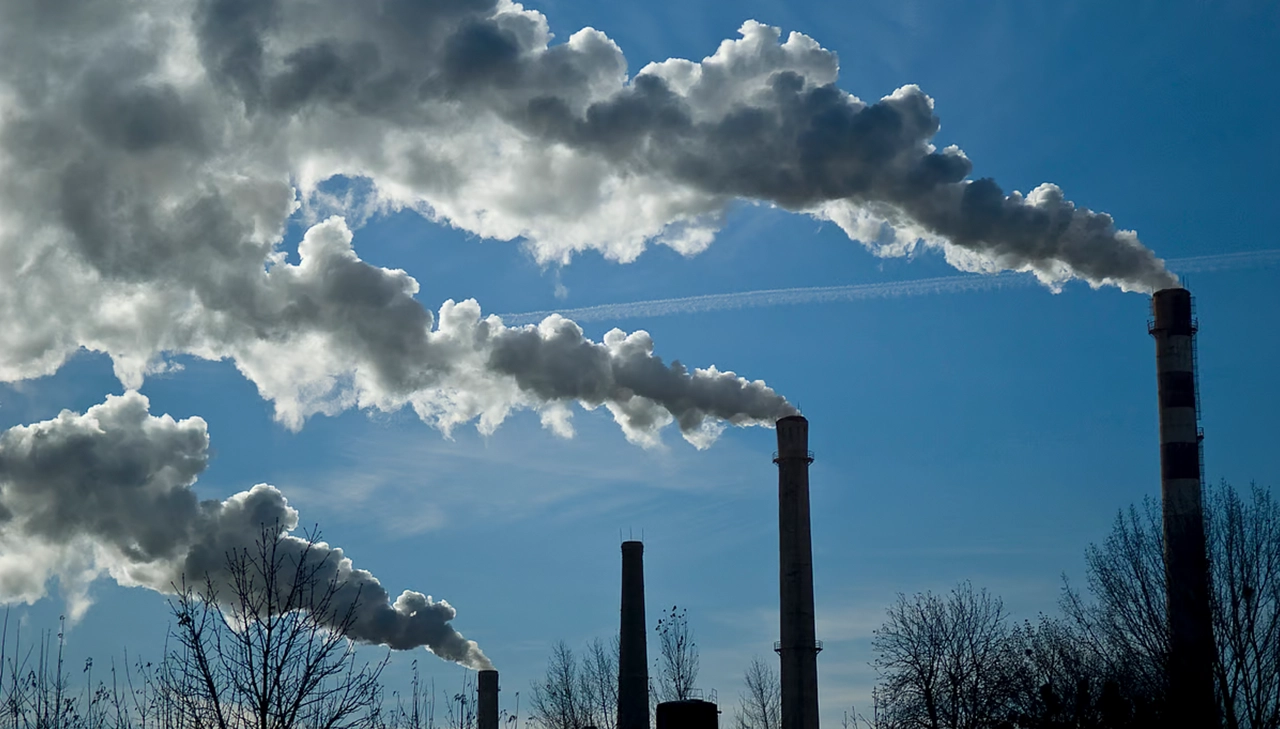Europe’s path toward climate neutrality is at risk. While the continent has long championed global climate leadership, it now lags behind in mobilizing the necessary green investments. According to a detailed analysis by Société Générale, Europe needs to close an investment gap of €480 billion per year from 2025 to 2030 to stay aligned with its 2030 and 2050 climate goals.
This is not just about competitiveness—it’s a matter of planetary survival and intergenerational justice. Energy dependence, rising emissions in sectors like transport and agriculture, and slow policy execution all contribute to the challenge.
Why €480 Billion Annually? Understanding the Investment Deficit
As of 2024, the EU invests around €340 billion per year in green sectors. That falls short of the estimated €820–850 billion needed to stay on track. The median investment gap is €480 billion annually, of which:
- €80 billion must come from the public sector,
- €400 billion from private finance.
These figures only cover mitigation—adaptation funding (for flood defences, wildfire resilience, agricultural resilience, etc.) is not even included in the estimates.
A Climate Policy Gap: Progress, But Not Enough
Despite binding EU-wide targets—like a 55% reduction in greenhouse gas emissions by 2030—current national plans are not sufficient:
- Net GHG emissions reduction (ESR sectors): -38.3% vs target of -40%
- Renewable energy share: 41%, just below the 42.5% legal minimum
- Land use and forestry removals: 41.6 Mt CO₂e below target
- Only 7 EU countries have embedded climate adaptation in their national plans
Energy efficiency is particularly lagging. The EU is overshooting its 2030 energy consumption targets by:
- +47.3 Mtoe in primary energy
- +31.1 Mtoe in final energy
To achieve building decarbonisation by 2050, the EU must triple current renovation rates—a massive challenge for both public planning and local labour markets.
Clean Industrial Deal: Green Boost or Missed Opportunity?
The Clean Industrial Deal (CID), announced in 2025, is the EU’s flagship strategy to green its economy. It commits €100 billion, including:
- €30bn from emissions trading system (ETS) revenues,
- €50bn via InvestEU,
- €20bn from the Innovation Fund.
CID aims to re-localize production of six strategic clean technologies: wind, solar PV, heat pumps, batteries, electrolysers, and carbon capture (CCS). Yet the European Commission itself estimates an additional €64–67 billion will be needed to meet Net Zero Industry Act (NZIA) goals by 2030.
Environmental Taxation and Public Funding Constraints
Paradoxically, while climate goals are rising, environmental tax revenues are shrinking. In 2022, green taxes made up only 5% of total EU tax revenue, down from 6.4% in 2000. The bulk of these revenues (80%) still come from energy-related taxes, which will naturally decline as fossil fuel use decreases.
Meanwhile, many member states face debt and deficit constraints, limiting their fiscal capacity to support the transition. Countries like France, Italy, and Poland are under excessive deficit procedures, and the 3% deficit cap further restricts green budget expansion.
Systemic Hurdles in Public Fund Absorption
Green funds don’t always translate into climate action. The Recovery and Resilience Facility (RRF), which committed €276 billion to green goals between 2021 and 2023, has only disbursed 60% of its green budget as of May 2025.
Reasons include:
- Bureaucratic delays,
- Lack of skilled workforce in public administrations,
- Absence of long-term monitoring frameworks.
As the RRF ends in 2026, uncertainty looms over future EU funding cycles.
Mobilizing the Private Sector for Climate Resilience
Europe’s climate agenda depends on the private sector—but many green projects remain non-bankable due to:
- High upfront costs and long return timelines,
- Lack of performance data and track records,
- Weak demand in early-stage clean markets (like hydrogen or green steel).
EU cleantech venture capital (VC) reached only €9 billion in 2024, far behind the €17 billion deployed in the U.S. Meanwhile, European households hold 31% of their wealth in cash/deposits vs. 11% in the U.S.—limiting risk-taking in sustainability-focused financial products.
Green Jobs and the Skills Shortage Crisis
The transition is also a human capital challenge. To meet the NZIA 2030 production goals, the EU needs an estimated:
- 350,000 new jobs in cleantech manufacturing,
- A massive upskilling wave in construction, renewable installation, and grid engineering.
Yet 51% of EU firms already report green skills shortages as a major obstacle to investment (EIBIS 2024).
What Needs to Happen Next
To avoid climate underperformance and missed targets, the EU must act on multiple fronts:
- De-risk green investments through public guarantees and PPPs,
- Expand the EU Green Bond Standard (EU GBS) to build investor trust,
- Reform permitting laws to accelerate clean energy deployment,
- Establish a strategic reserve of critical raw materials,
- Ensure environmental justice by redistributing carbon revenues to low-income households.
A promising example: the EIB’s €500 million counter-guarantee to Société Générale enabled €8 billion in new wind energy investments—proof that public support can unlock massive private climate finance.
Sustainability Is the Only Viable Growth Strategy
Decarbonisation is no longer optional. For Europe, it is the only pathway to energy independence, climate security, and economic resilience. But the green transition won’t happen without bold public policy, effective finance mechanisms, and a shared societal commitment.
If the EU wants to lead the global green transformation, it must move faster, smarter, and more inclusively—starting now.



